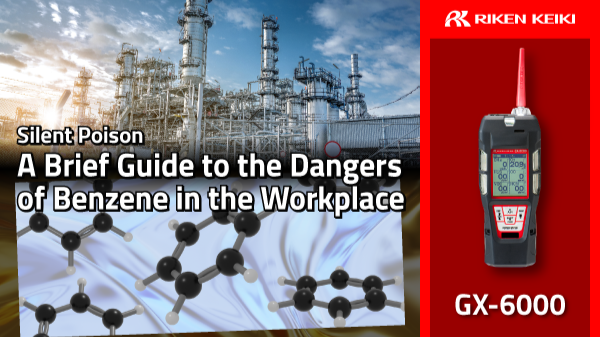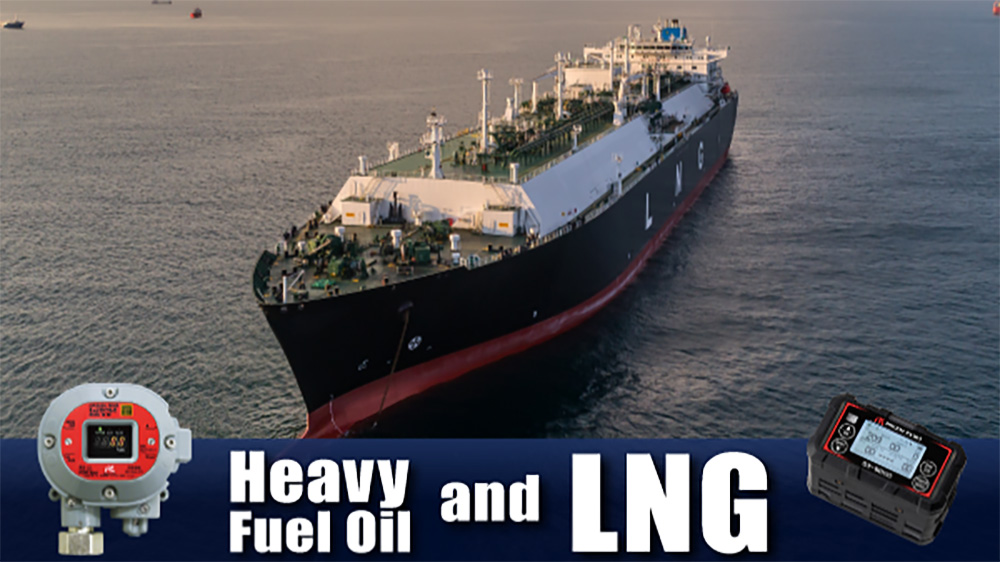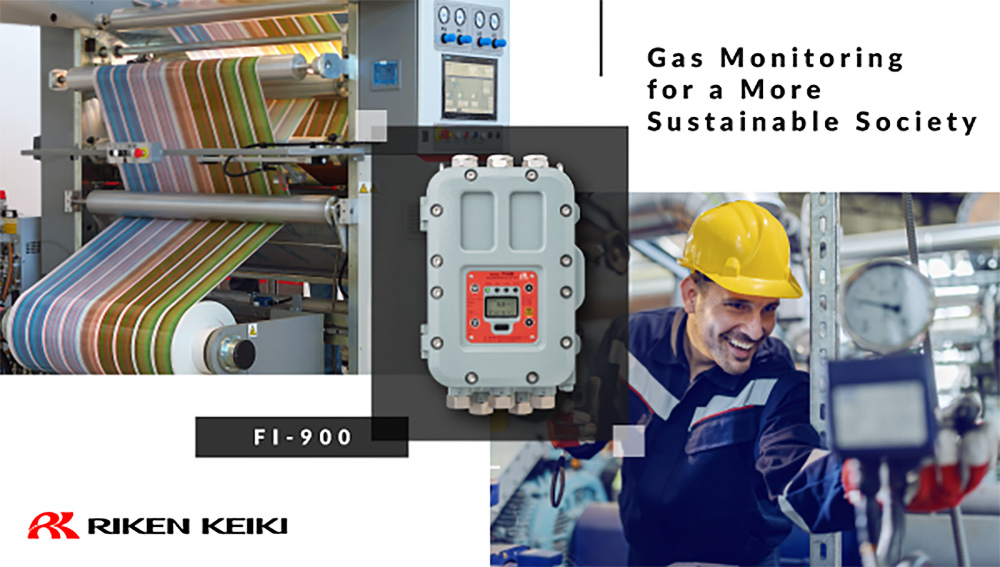Silent Poison: A Brief Guide to the Dangers of Benzene in the Workplace

Table of Contents
What is Benzene?
Hazards of Benzene
Flammability
Adverse Health Effects
Environmental Concerns
Common Accidents Involving Benzene
Accidents when working within shipboard tanks
Chemical plant gas leaks
Benzene Detection
As you can see, benzene is a hazardous substance which requires special care when working with it. Because it is a known carcinogen, strict regulations have been put in place to ensure that concentrations remain within a safe limit and protect the health and safety of workers. For this reason, low threshold limit values have been established for this substance in each country. OSHA, Occupational Safety and Health Administration, for example, sets the time-weighted average concentration (TWA) of benzene at 1 ppm and the short-term exposure limit (STEL) at 5 ppm.
However, benzene is almost never found in the air in isolation. Instead, it is usually found together with other aromatic hydrocarbons, making it particularly difficult to selectively measure benzene concentrations alone. That is where Riken Keiki comes in. Here at Riken Keiki, we have developed the perfect solutions optimized for managing this and other common issues.
Ensuring Worker Safety

GX-6000
PRODUCTS
.jpg)
Product type |
Portable Gas Detector |
|---|---|
Applications |
|
single/multi |
Multi |

Want to hear from an expert?


You may also be
interested in

The Importance and Key Considerations of IP Codes When Choosing Gas Detectors
Learn why IP codes matter when choosing gas detectors. Discover how dust and water resistance ensure reliable performance and worker safety in harsh environments.

Heavy Fuel Oil and LNG
Heavy fuel oil powers global shipping with efficiency, affordability, and safety—maximizing cargo space and enabling long-distance voyages.

Gas Monitoring for a More Sustainable Society
Riken Keiki aids sustainability with gas monitors, supporting circular economy efforts and eco-friendly manufacturing practices.
Publications





